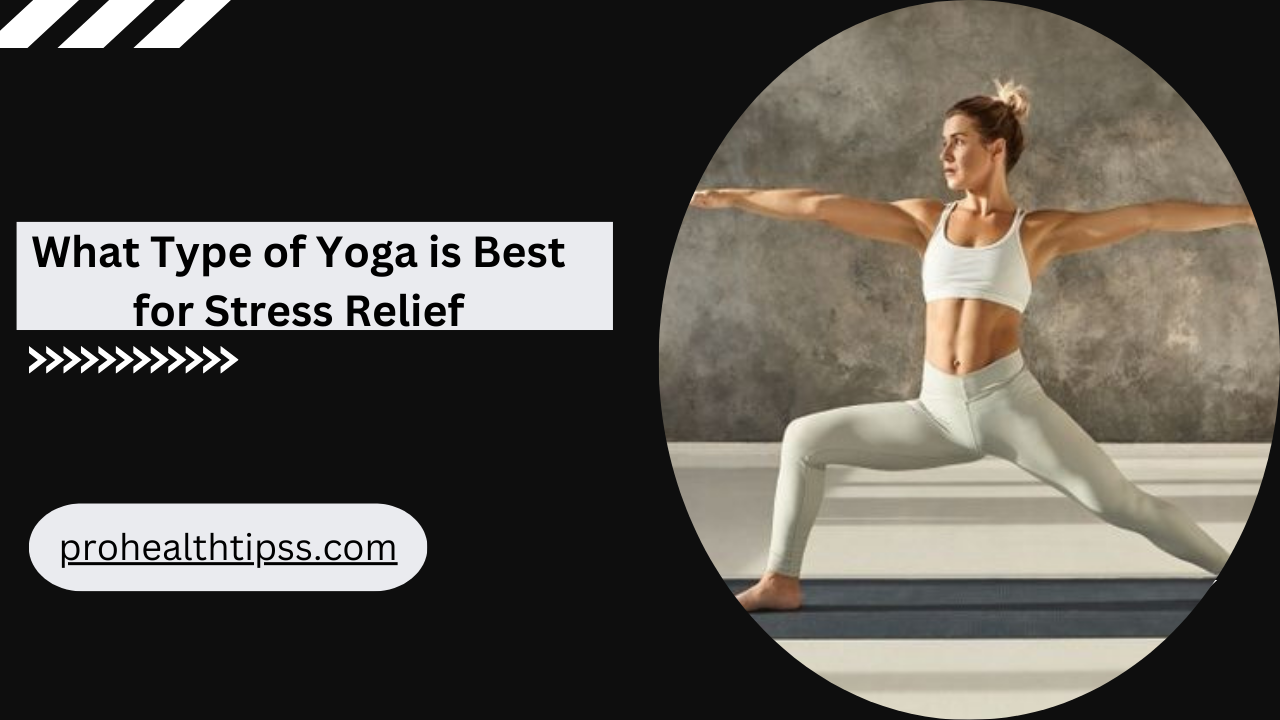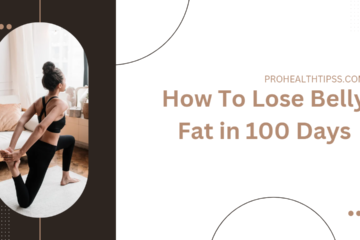What Type of Yoga is Best for Stress Relief
When seeking to alleviate stress, various forms of yoga present distinct methods to enhance relaxation and inner harmony. Gentle practices such as Hatha and Yin yoga prioritize slow movements and deep stretching, fostering feelings of tranquility and serenity. Restorative yoga employs props and supportive poses to facilitate relaxation and alleviate bodily tension. Furthermore, disciplines like Kundalini yoga integrate breathwork, meditation, and chanting to mitigate stress and foster emotional equilibrium. The optimal type of yoga for stress relief varies based on individual preferences and requirements, but exploring these gentle, restorative, and mindfulness-centered approaches can result in significant relaxation and revitalization.

Types of Yoga for Stress
There are Different Types of Yoga for Stress Relief and their Benefits
- Hatha Yoga: Hatha Yoga also known as Shatanga Yoga (six limb yoga). Hatha yoga emphasizes physical postures (asanas) and breathing exercises (pranayama) to promote relaxation and balance in the body and mind. The slow-paced movements help reduce stress by calming the nervous system and increasing mindfulness.
- Restorative Yoga: Restorative yoga is also known as Yin Yoga.It’s utilizes props such as blankets, bolsters, and blocks to support the body in passive poses for an extended period. By allowing the body to completely relax and surrender into each posture, restorative yoga helps reduce stress, soothe the nervous system, and promote deep relaxation.
- Kundalini Yoga: Kundalini Yoga is also known as Yoga of Awareness.Kundalini yoga combines dynamic movements, breathing techniques, meditation, and chanting to awaken the energy within the body and promote overall well-being. This practice can help reduce stress by releasing energy blockages, increasing vitality, and promoting mental clarity and emotional balance.
- Vinyasa Yoga: Vinyasa yoga is also called Flow Yoga.Vinyasa yoga synchronizes movement with breath, flowing through sequences of poses in a dynamic and fluid manner. The continuous movement and focus on breath awareness help calm the mind, reduce stress, and cultivate a sense of presence and inner peace.
- Pranayama: Pranayama yoga is translated as Breath Control.Pranayama refers to various breathing techniques practiced in yoga, such as deep belly breathing (diaphragmatic breathing), alternate nostril breathing (Nadi Shodhana), and breath retention (Kumbhaka). These techniques can directly influence the nervous system, helping to reduce stress, anxiety, and promote relaxation.
- Yoga Nidra: Yoga Nidra, also known as Yogic Sleep, is a guided meditation practice that induces deep relaxation and a state of conscious sleep. By systematically relaxing the body and mind, Yoga Nidra helps alleviate stress, improve sleep quality, and promote overall well-being.
Each of these types of yoga offers unique benefits for stress relief, and exploring different practices can help individuals find the approach that best suits their needs and preferences. Regular practice of yoga can be a powerful tool for managing stress and cultivating a greater sense of calm, balance, and resilience in daily life.
Yoga Pose s for Stress Relief
There are many Yoga Poses for Stress Relief, Some of the yoga poses are as follows:-
- Child’s Pose (Balasana): This gentle forward bend stretches the back, hips, and thighs while calming the mind and relieving tension in the spine.
- Cat-Cow Pose (Marjaryasana-Bitilasana): This flowing sequence of movements helps to warm up the spine, release tension in the back, and promote flexibility while encouraging mindful breathing.
- Downward Facing Dog (Adho Mukha Svanasana): This inversion pose stretches the entire body, particularly the back, hamstrings, and shoulders, while also calming the mind and reducing anxiety.
- Standing Forward Bend (Uttanasana): This pose releases tension in the back, neck, and shoulders while promoting blood flow to the brain, which can help to alleviate stress and fatigue.
- Legs Up the Wall (Viparita Karani): This gentle inversion pose promotes relaxation by allowing blood to flow back towards the heart, reducing swelling in the legs, and calming the nervous system.
- Corpse Pose (Savasana): This final relaxation pose is essential for integrating the benefits of the practice, allowing the body and mind to fully relax and release any remaining tension or stress.
Incorporating these yoga poses into a regular practice can help to alleviate stress, calm the mind, and promote overall well-being.
Benefits of Yoga for Stress Relief
Yoga Meditation for Stress Relief
Yoga meditation stands as a powerful tool for stress relief, offering a holistic approach to calming the mind and soothing the body. By combining gentle yoga postures with mindfulness techniques, individuals can effectively manage stress levels and cultivate a sense of inner peace. Through focused breathing exercises and guided meditation, practitioners can release tension held within the body and quiet the chatter of the mind. This practice not only promotes relaxation but also enhances self-awareness, allowing individuals to observe their thoughts and emotions without judgment. Over time, yoga meditation fosters resilience to stressors and provides a sanctuary for mental and emotional well-being.
Conclusion
When seeking the most effective type of yoga for stress relief, it’s essential to consider individual preferences, physical abilities, and personal goals. While various styles such as Hatha, Restorative, Yin, and Kundalini yoga offer unique approaches to relaxation and stress reduction, there is no one-size-fits-all solution. The best type of yoga for stress relief is ultimately the one that resonates most with the practitioner, providing a harmonious blend of gentle movement, breath work, and mindfulness practices. Whether it’s the soothing stretches of Restorative yoga, the meditative focus of Yin yoga, or the energizing sequences of Hatha yoga, each style has the potential to promote profound relaxation and inner peace.




